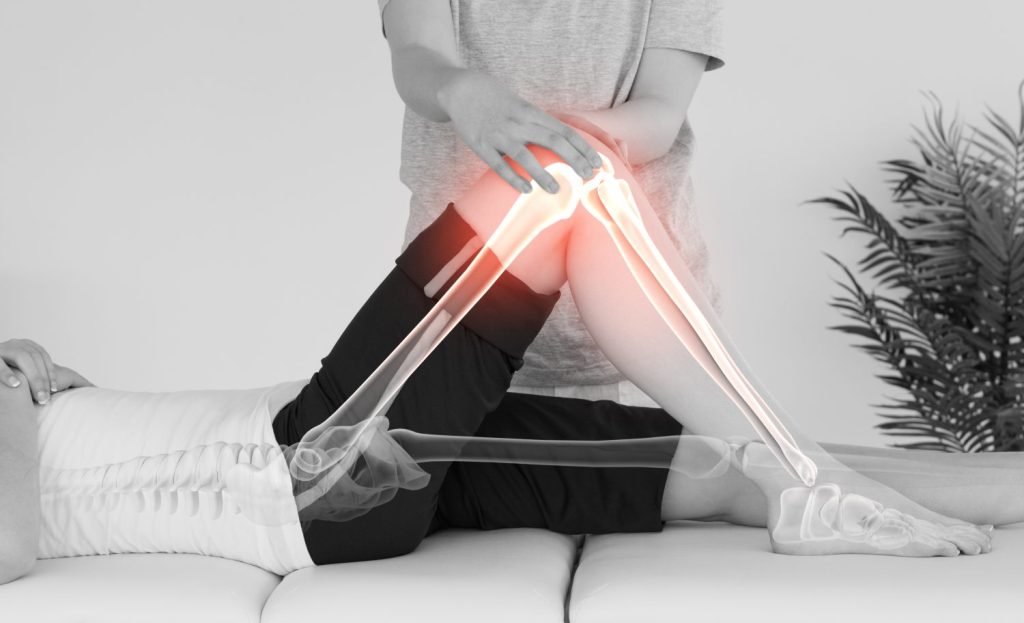New Antibiotic-infused Cement For Bones Created To Combat Infections

A new antibiotic-infused cement for bones has been created to combat infections and could revolutionize hip and knee replacements.
The new “highly effective” medicine promises to get to the core of bacterial bone infections and prove potent against antibiotic-resistant strains.
The medicinal cement precisely targets the infection site and delivers the antibiotic to the bone tissue through the bone cement.
Common antibiotics, which don’t precisely target infection, mean huge doses can be required, which in turn can create resistance and destroy beneficial bacteria.
Preventing antibiotic resistance is an increasingly important problem to tackle.
Because of the UK’s aging population, more and more people are having knee and hip replacements, which can result in bacterial infections such as staphylococcal – currently treated with regular antibiotics, which can create resistance.
Researchers from @BrighamWomens constructed a computer-generated library of #antibiotics to identify an effective antibiotic for targeted use in a bone cement matrix.
This approach could potentially be used to treat bone infections. 🦴
🖇️ https://t.co/Q9qXSzuHov pic.twitter.com/nRPULgh2pZ
— Science in Boston (@ScienceinBoston) October 14, 2022
The new antibiotic, developed by Brigham and Women’s Hospital, trumps all the antibiotic-loaded bone cements used against Staphylococcal in a rat model.
“Currently, the Food and Drug Administration (FDA) has only approved of bone cements loaded with antibiotics not originally developed for bone tissue,” said principal investigator Dr. Hae Lin Jang, co-director of the Brigham’s Center for Engineered Therapeutics.
“In addition to not being bone tissue-specific, resistance has emerged against these antibiotics.”
“We must create a new generation of antibiotics that are optimized to meet this emerging need.”
The team announced shortlisted molecules to design the antibiotics and maximize drug resistance, and settled on dual-action antibiotic VCD-077.
VCD-077 maintains the stability of the bone cement while being highly effective against drug-resistant bacteria strands, slowing the development of future resistance.
However, before it is found in clinics, the team has to confront two major limitations: rat models versus humans, and necessary toxicity studies.
Nonetheless, they think the future is bright for tissue-specific localized treatments, such as bone infections that minimize invasiveness.
By focusing on tissue-specific antibiotics from the outset, they are on the right track to create a medicine that tackles bacterial infection precisely without producing drug resistance.
“The future lies in mixing artificial intelligence and drug discovery to make developing new antibiotics more efficient and cost-effective than ever before,” said co-corresponding author Dr. Shiladitya Sengupta, co-director of the Brigham’s Center for Engineered Therapeutics.
“Interdisciplinarity in our approach and specificity in our drug development will truly bring about a new medical engineering paradigm. Treatment may be getting more complicated, and bacteria may be getting more sophisticated, but us biomedical engineers are getting more sophisticated, too.”
The findings were published in the journal Nature Biomedical Engineering.
Produced in association with SWNS Talker.
The Western Journal has not reviewed this story prior to publication. Therefore, it may not meet our normal editorial standards. It is provided to our readers as a service from The Western Journal.
Truth and Accuracy
We are committed to truth and accuracy in all of our journalism. Read our editorial standards.
Advertise with The Western Journal and reach millions of highly engaged readers, while supporting our work. Advertise Today.












